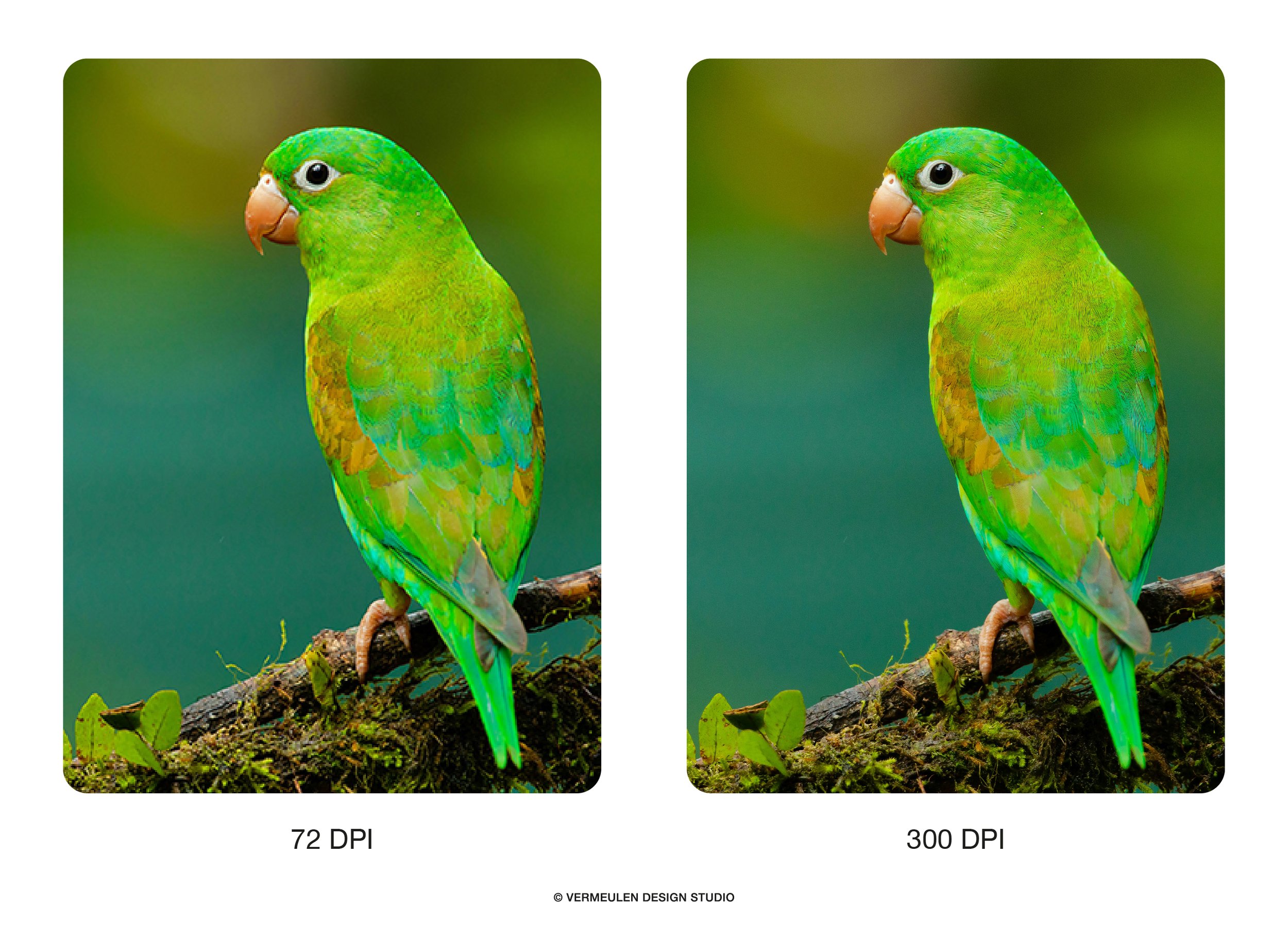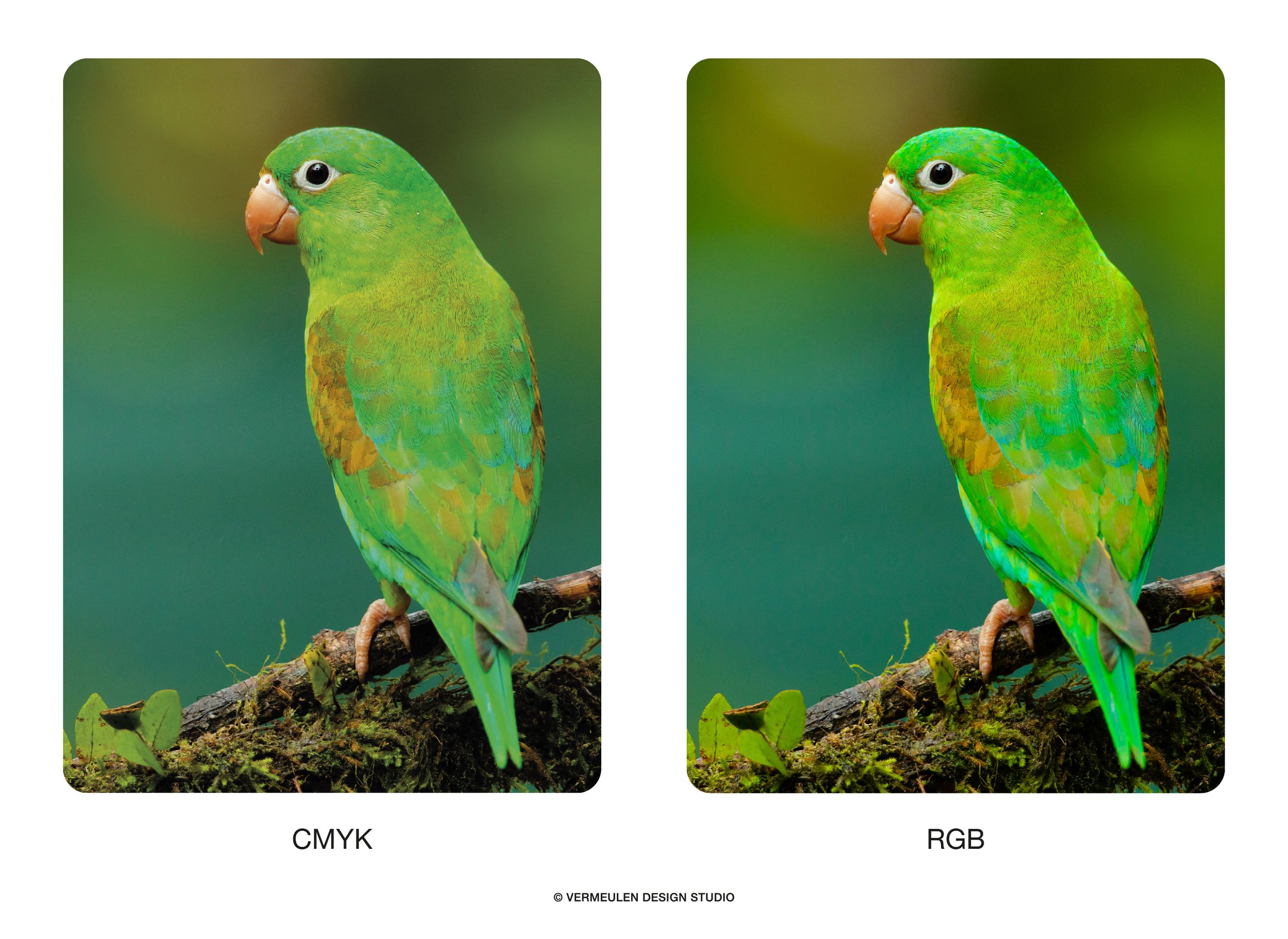Mastering Print: A Journey through Design Essentials
Hello print visionaries and design enthusiasts! Ever gazed at a stunning print piece and wondered about the wizardry behind its flawless presentation? Welcome to the intricate world of print design, where pixels take on paper, and precision reigns supreme. In this exploration, we'll dissect the essentials of designing for print, from decoding resolution mysteries to selecting the right color modes and navigating through a palette of file formats. Ready to transform your digital masterpiece into a tangible work of art? Let's delve into the fundamentals of print design!
Understanding Resolution:
Resolution is the silent conductor of print design, orchestrating the clarity and sharpness of your visual composition. Here's the symphony:
DPI Mastery: DPI, or dots per inch, is the conductor’s baton. Aim for 300 DPI for high-quality print, ensuring your images and text emerge razor-sharp.
Vector Virtuosity: Vectors play the role of virtuosos. Being mathematical equations, they scale infinitely without losing quality. Perfect for logos and intricate illustrations.
Choosing the Right Color Modes:
Colors breathe life into your design, but navigating color modes is the key. Here's your color palette compass:
CMYK for Print: CMYK (Cyan, Magenta, Yellow, Key/Black) is the print maestro. Design in CMYK for a seamless transition from screen to paper, capturing the vibrancy accurately.
RGB for Screens: RGB (Red, Green, Blue) dances on screens. But, for the print stage, let CMYK take the lead.
Navigating File Formats:
File formats are the backstage passes to the print show. Get the lineup right, and your design will steal the spotlight. Here’s your VIP list:
PDF – The All-Inclusive Format: PDFs are the masters of compatibility. They preserve design integrity and ensure a seamless print experience.
TIFF for High-Fidelity: For images seeking the highest fidelity, TIFF is the virtuoso. It preserves every detail without compression loss.
JPG for Compression Balance: When balance is key, JPGs find the sweet spot. They compress well without sacrificing too much quality.
PNG for Transparency Magic: If your design has transparency needs, PNGs perform the disappearing act splendidly.
AI for Illustrator Brilliance: Illustrator files (AI) keep your vectors in check. Ideal for complex illustrations and designs.
Ready to Transform Your Digital Symphony into Print Magic? Let’s Chat! If you’re ready to bridge the gap between the digital and the tangible, I’m here to guide you! Explore my portfolio and let’s discuss orchestrating your design dreams into print reality. Your journey to print design excellence begins here!
Dear print virtuosos, designing for print is a tapestry where every pixel weaves its tale on paper. From deciphering resolution nuances to harmonizing color modes and file formats, these essentials are the building blocks of print perfection. So, gear up, embrace the intricacies, and let your designs resonate in the tactile realm of print. Here’s to crafting tangible masterpieces that leave an indelible impression!





